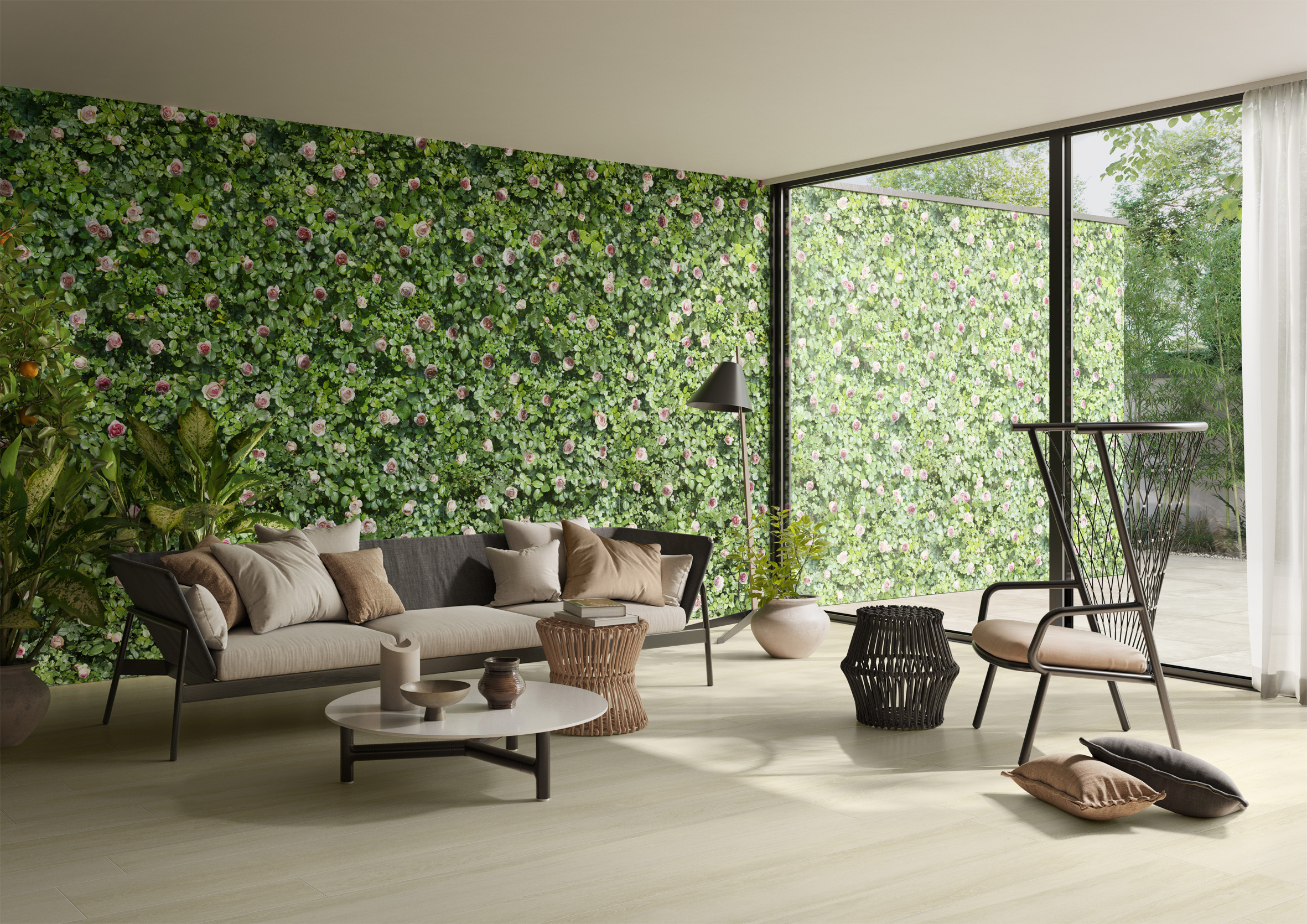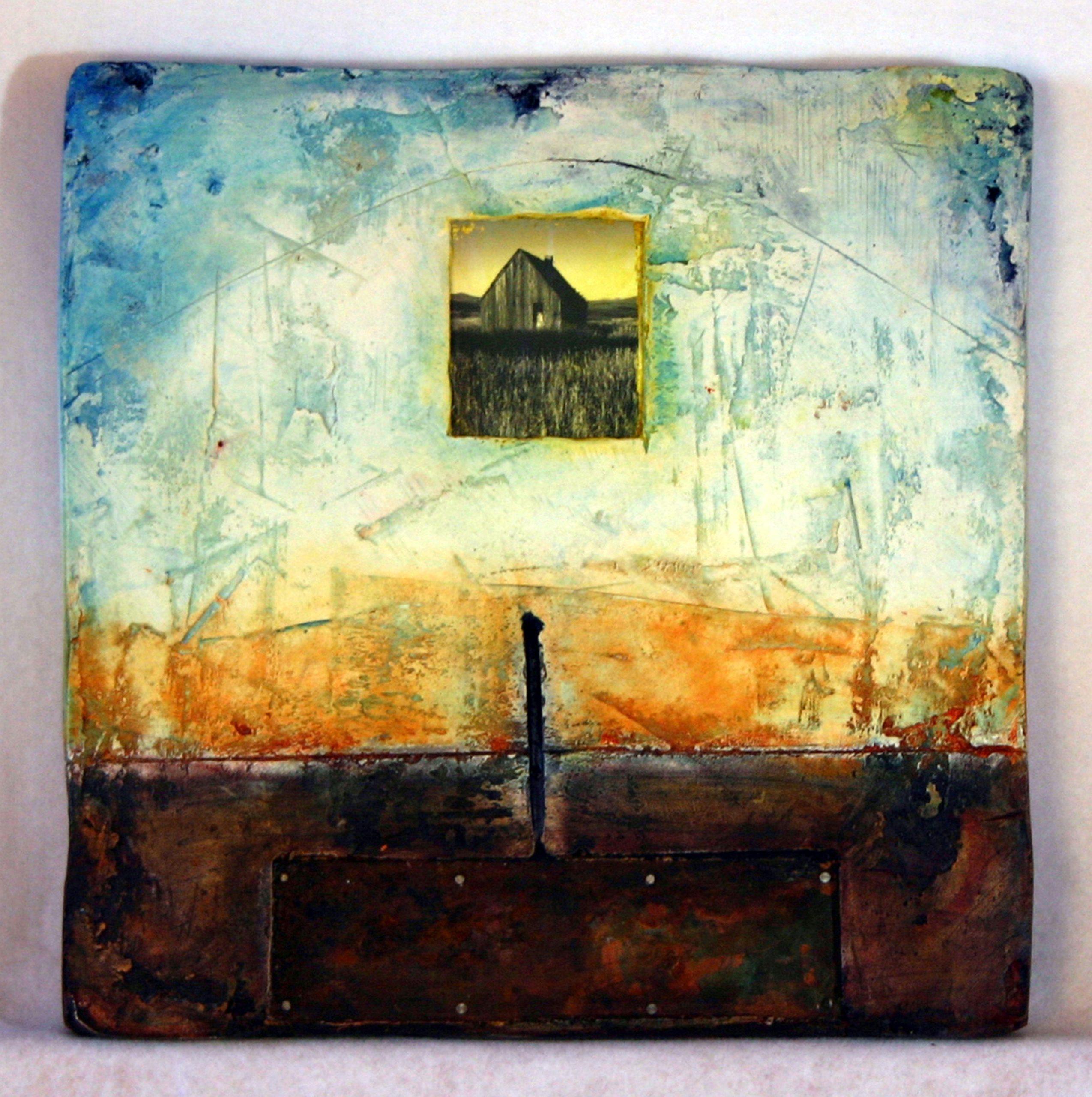Alas, Cersaie – the international exhibition of ceramic tile and bathroom furnishings – has been postponed until Sept. 27 – Oct. 1, 2021. But Ceramics of Italy has posted a series of videos with manufacturers called “Two Minutes With…” to keep us up to speed until then. Meanwhile, A+A interviewed Cristina Faedi, director of promotional activities for Confindustria Ceramica, about new products, trends and more, via email. We’ll miss Bologna this year, but still, we’ve got the goods:
Where can we see the new products?
The widespread cancellation of trade shows and industry events has allowed Ceramics of Italy companies to get creative when it comes to presenting new products and collections. “Two Minutes With…” is an ongoing video series highlighting new products, trends, and innovations recently introduced by Italian manufacturers.
What are the new trends?
One of the most predominant tile trends we’ve observed in 2020 aligns with this larger movement towards biophilic design within the architecture and design industry. Italian tile manufacturers are endlessly inspired by nature, and as a result we’re seeing plant-like designs of all colors, shapes, and sizes. This includes everything from barely-there leaf prints and jungle motifs, to bioactive ceramics that actually mimic a wooded area by improving air quality. This has also contributed to a sustained interest in marble, stone, and wood-look tile designs, but Italian manufacturers are keeping things fresh by enhancing these classic materials with new formats, finishes, and geometric patterns.
Texture is another enduring trend, which grows more advanced each year as tile manufacturers continue to push the boundaries with three-dimensional surfaces. The result is a new category of decorative ceramics that refract light and cast shadows, thus creating an incredibly dynamic visual effect.
Finally, porcelain pavers are becoming a staple in outdoor space design. Italian tile manufacturers are constantly introducing 20mm-thick formats with their new collections, opening up a world of design possibilities. Porcelain pavers are easy to install, as they can be dry-laid on top of gravel, grass, or sand. They’re impervious to water, so they can be installed on pool decks, and they’re also UV- and frost-resistant, which means they will not change shape or color over time.
What are the materials favored now?
Understandably, the design industry has become hyper-focused on the use of hygienic and bleach-cleanable materials within the past several months. Ceramic tile is, by its very nature, hypoallergenic and inhospitable to bacterial growth, making it a healthy choice for surfacing in both interior and exterior spaces. A few Ceramics of Italy manufacturers even produce ceramic tiles with integrated antimicrobial and antibacterial technology that actively kills up to 99.9% of bacteria on the surface. We see this category gaining a lot of traction in the coming months and years.
What about new faux finishes?
Oxidized metal has long been a defining element in various landmarks, monuments, and historic buildings around the world. Capable of finding inspiration just about anywhere, Italian tile manufacturers have been experimenting with new techniques that capture the unique patina that occurs when metal reacts with oxygen and atmospheric moisture. This style is currently dominating the industry with new glazes, rust-like graphics, and beautiful verdigris hues.
The thinness of porcelain slabs?
Gauged porcelain tiles – or large-format slabs measuring between 3.5 and 6.5mm thick – are growing in popularity among architects and designers due to the versatility they offer. They are lightweight and easy to handle, often reinforced with mesh backing to ensure durability and performance. Thin porcelain tiles are also ideal for renovation projects, as they can be installed on top of pre-existing floors without adding much height to the overall installation.
And sizes?
As demands for large-scale architectural surfaces grow each year, so, too, do the physical ceramic tiles. Now measuring up to – and sometimes even over – 5×10 feet, porcelain tile is an emerging solution for countertops, custom furnishings, and even building façades. Larger sizes result in fewer joints in the final installation, allowing the graphics to take center stage with minimal interruptions.
Of course, Italian manufacturers still produce smaller tiles for decorative or detailed installations like kitchen backsplashes, shower walls, and the like. Many times, one single tile collection will offer a range of sizes from 3”x12” up to 63”x128,” providing a one-stop-shop for designers who are specifying product for various applications within the same project.
Who are the architects involved this year?
This year, Italian tile manufacturers enjoyed creative collaborations with a wide range of influential architects and designers including artist Elena Salmistraro, London design firm Benoy, architect Massimo Iosa Ghini, designer Massimo Nadalini, and Meneghello Paolelli Associati. The collections they’ve produced are colorful, inventive, and truly unforgettable.
What’s trending with color palettes?
Pantone selected “Classic Blue” as its color of the year for 2020, and this also happens to be one of the most popular shades in tile design this year. While there are many options that have a rich, saturated quality similar to Pantone’s chosen hue, advanced technology allows tile manufacturers to recreate nearly every shade of blue under the sun. Turquoise and teal are everywhere, conjuring romantic images of the vast Mediterranean Sea. On the other end of the chromatic spectrum, greyish blue tiles offer a more subdued look, instilling a sense of calm and serenity.
For more, go here.
[slideshow id=2194]



